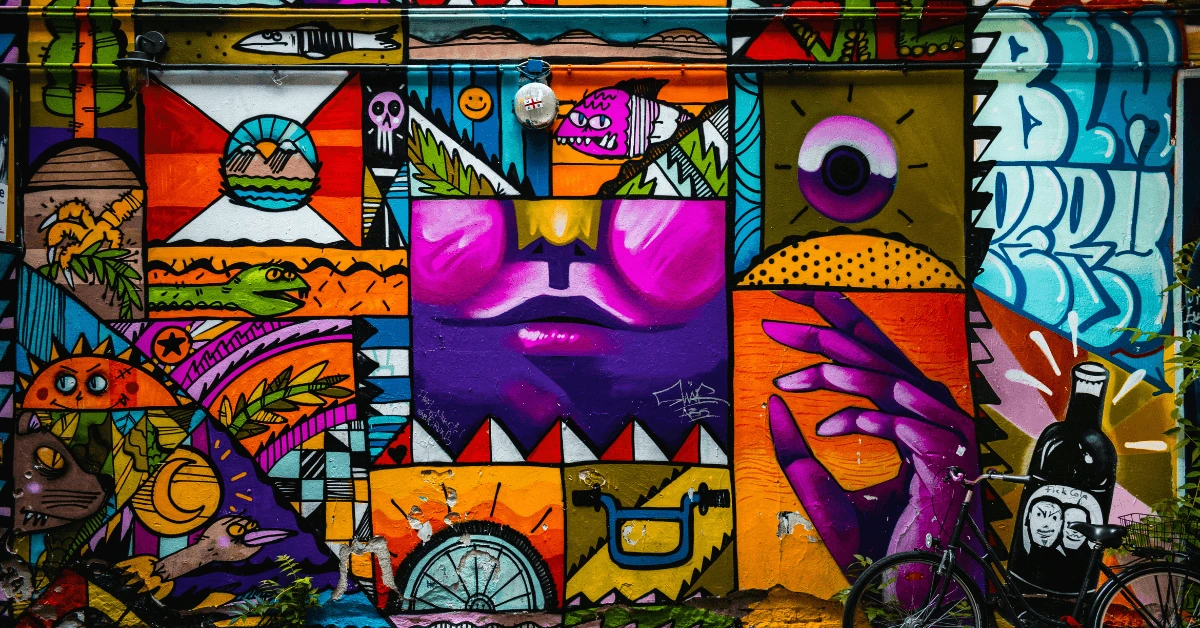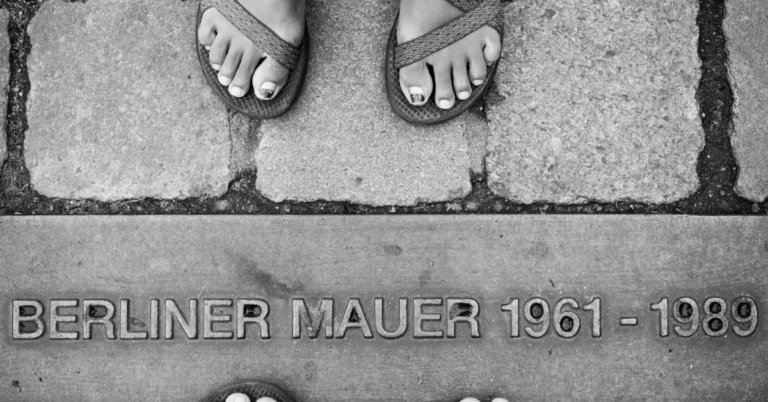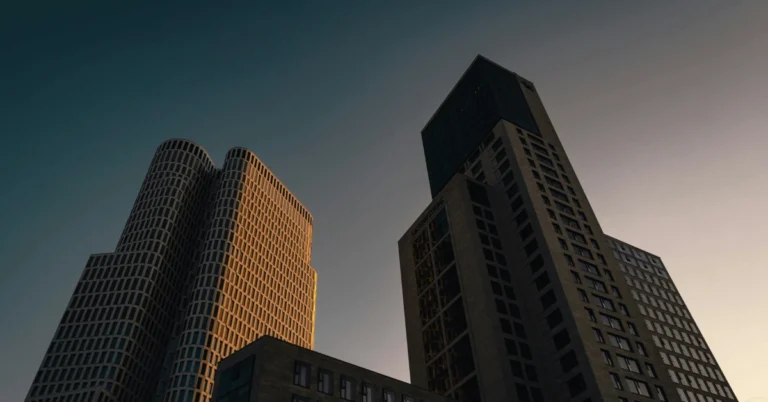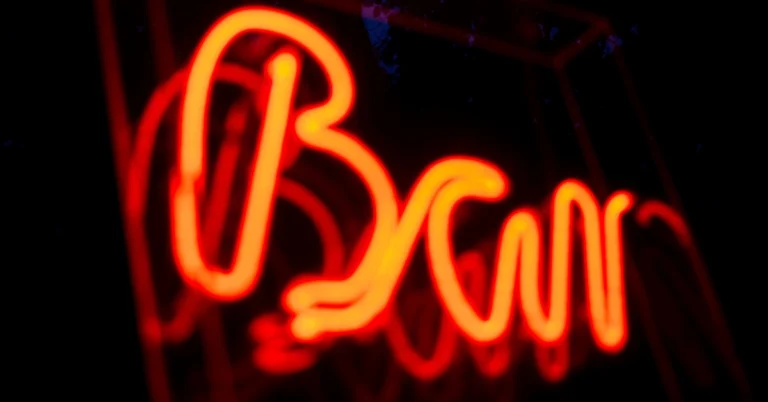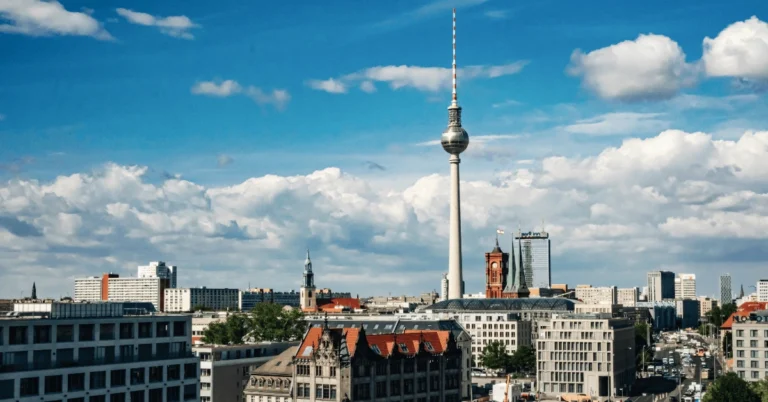Dive into the heart of the Berlin art scene, a vibrant fusion of history and innovation that captures the city’s spirit through every medium imaginable. Discover how Berlin’s complex past and dynamic present are reflected through its diverse art forms, from street murals to gallery masterpieces. This guide offers a concise overview of the art scene in Berlin, providing insights into how art serves as both a mirror and a catalyst for change. Whether you’re exploring the classical splendors of the Alte Nationalgalerie or the contemporary provocations of the Hamburger Bahnhof, you’ll find that Berlin’s art scene is a dialogue with creativity itself. Get ready to experience a world where art is an omnipresent force, inviting you to engage, reflect, and be inspired.
Historical Context of Berlin Art
When I think about Berlin, its tumultuous history and vibrant culture paint a fascinating backdrop for the production of Art Scene Berlin. This city has witnessed profound political and social changes, each leaving an indelible mark on its arts scene.
In the early 20th century, Berlin became a hub for modern art movements like Expressionism. World War I and its aftermath shaped the city’s culture, infusing art with themes of political turmoil and human emotion. However, this creative explosion was stifled with the rise of the Nazi regime, which condemned modern art as “degenerate.”
Post-War Berlin and the Berlin Wall’s construction in 1961 split the city into two distinct cultural entities. Despite the East’s restrictions, or perhaps because of them, a vibrant underground art scene flourished. Artists in the West enjoyed more freedom and public visibility, contributing to a dynamic and divergent art culture.
The fall of the Berlin Wall in 1989 ushered in a new era of cultural reunification and experimentation. Artists from around the world flocked to the city, turning it into a canvas of artistic expression, where the echoes of history provide a profound narrative to the ever-evolving Berlin Art. Today, Berlin’s galleries, street art, and museums continue to reflect a rich past while engaging with contemporary issues and trends, making the city a unique cultural beacon.
Key Art Museums in Berlin
When I think of Berlin art, the city’s remarkable art museums immediately spring to mind. With collections spanning centuries, these prestigious institutions are pillars of cultural heritage and artistic innovation.
Quick Fact: Berlin has about 38 Art Museums.
Hamburger Bahnhof – Museum of Contemporary Art
The Hamburger Bahnhof – Museum of Contemporary Art is more than just a museum; it’s a journey into the cutting-edge of art. Housed in a former railway station, this museum is famed for its dynamic contemporary art collections, featuring works from the likes of Andy Warhol and Joseph Beuys that keep visitors on the pulse of the modern art scene.
Neue Nationalgalerie
Next is the Neue Nationalgalerie, an icon of modernist architecture, showcasing an impressive collection of 20th-century art. The building is a masterpiece itself, designed by Ludwig Mies van der Rohe, emphasizing transparency and openness. Inside, one finds art movements such as Expressionism, the Bauhaus, and Surrealism represented by giants of the art world like Pablo Picasso and Salvador Dalí.
Alte Nationalgalerie
At the Alte Nationalgalerie, I am always transported into the world of 19th-century art. A true gem of Museum Island, its neoclassical architecture invites visitors to explore an exquisite range of Romantic and Impressionist masterpieces, along with a selection of early modern art.
Bode-Museum
Finally, the Bode-Museum, standing majestically at the northern tip of Museum Island, captivates me with its vast arrays of sculptures, Byzantine art, and a numismatic collection. It’s a crossroads of different eras, offering a magnificent dialogue between art and history.
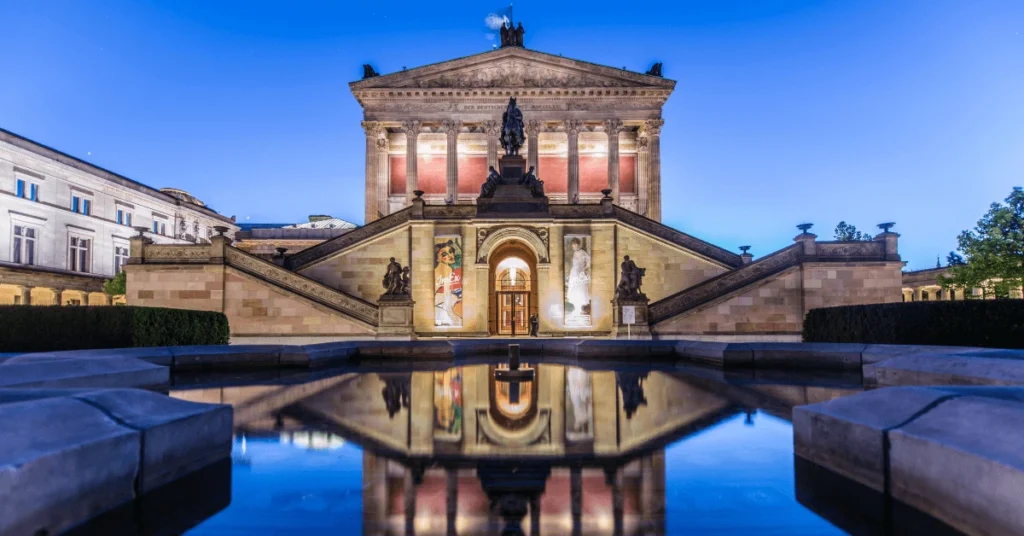
Contemporary Artwork and Exhibitions
When I explore Berlin Art, it’s like stepping into a vast landscape of creativity that constantly evolves before my eyes. Each gallery and exhibition space offers a unique dialogue with the present, reflecting the dynamic pulse of the city’s art scene.
Berlinische Galerie
Berlinische Galerie is a treasure trove where time crystallizes into forms and colors. Here, contemporary art isn’t just displayed; it interacts with viewers, challenging perceptions and inviting contemplation. Their calendar is a vibrant mix of exhibitions, from multimedia installations to provocative paintings that speak to modern experiences and narratives.
KW Institute for Contemporary Art
KW Institute for Contemporary Art is where I find the avant-garde heartbeat of Berlin Art. Groundbreaking is the norm as each exhibit pushes the boundaries further. The spaces within the institute are alive with the spirit of innovation, often showcasing artists who redefine the edge of contemporary art through thought-provoking exhibits and performances.
König Galerie
Nothing quite captures the spirit of Berlin’s cosmopolitan artscape like König Galerie. Housed in a former church, this gallery provides a sanctuary for the reflective discourse that modern art inspires. I’m consistently impressed by their roster of artists who boldly interpret the complexities of our time through their diverse artworks that address social, political, and cultural themes.
“Berlin, the greatest cultural extravaganza that one could imagine.”
David Bowie
Iconic Art Pieces and Artists
I’ve always found that Berlin art carries a certain magnetic pull that you can’t ignore, especially when it comes to iconic artworks and influential artists. Walking through the city is like traversing a vast canvas painted with history and creativity.
Notable Artworks in Berlin:
- The Head of Christ by Rembrandt
- Woman with a Pearl Necklace by Johannes Vermeer (Discover more at the Gemäldegallerie)
Renowned Artists from Berlin:
- Josephine Baker: Not just an entertainer but also an icon whose influence permeated the art domain
- Andy Warhol: His artwork left an indelible mark on Berlin’s postmodern scene
- Joseph Beuys: A shaper of modern concepts in a divided yet artistically vibrant Berlin
- Edvard Munch and Käthe Kollwitz: Each echoes profound emotion that still resonates in today’s Berlin galleries
- George Grosz: His critical eye and vivid representations of Berlin life redefine artistic bravery and honesty
Berlin’s art isn’t just confined to canvases and galleries. The East Side Gallery, for instance, is a segment of the Berlin Wall that’s become a testament to freedom and a gallery of murals including the famous The Kiss.
In my exploration of Berlin art, I’ve come to realize that the city isn’t just a backdrop for masterpieces; rather, it’s a living, breathing art piece that continues to evolve with each artist’s stroke. It’s amazing how each work and artist provides a unique narrative that shapes Berlin’s diverse and compelling art landscape.
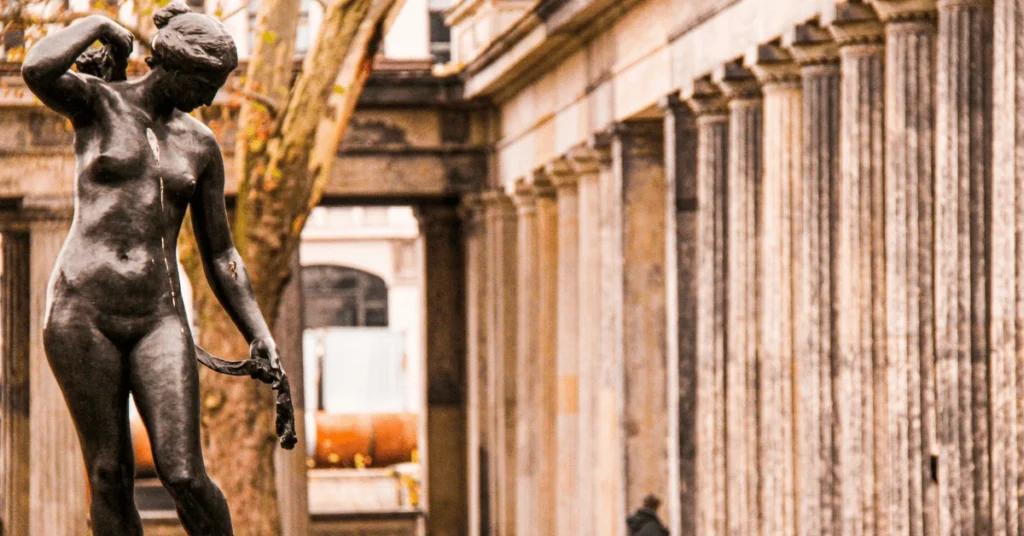
Photography and Media Art
As I explore Berlin Art, I’m continually drawn to the vibrant scene of photography and media art. The city pulsates with innovation in these fields, often blurring the lines between reality and imagination.
Julia Stoschek Foundation
The Julia Stoschek Foundation has made a name for itself with its dynamic approach to media art. It’s not just a gallery; it’s a live archive that actively promotes the experience of time-based art. The foundation is a haven for digital artists and their boundary-pushing works.
C/O Berlin
C/O Berlin is a prestigious venue known for its exhibitions of renowned photographers. Ruth Orkin, an American photojournalist, is one of the many influential artists they’ve showcased. This institution is a cornerstone of Berlin’s photographic arts scene, offering poignant glimpses into diverse narratives.
Fotografiska
Set to arrive in Berlin, Fotografiska is an internationally recognized museum originating from Stockholm. It’s devoted to contemporary photography and hosts a variety of exhibitions. The museum celebrates photographers like Omar Victor Diop, whose work delves into themes of identity and representation in powerful ways.
Berlin’s Diverse Art Scene
Exploring Berlin’s art scene is like wandering through a living tapestry of creativity; each gallery showcases the eclectic vision that fuels this city’s cultural heart. My experiences here have revealed a world where contemporary visions and historical narratives converge.
Galerie Eigen + Art
Galerie Eigen + Art is emblematic of Berlin Art’s zest, fostering avant-garde artists since the 1980s. The gallery captivates me with its commitment to originality, excitingly displaying works that push against the conventional.
Schinkel Pavillon
At the Schinkel Pavillon, art and architecture coalesce in harmony. Its location, within a historical building, presents a juxtaposition that magnifies the contemporary art showcased within its storied walls, making each visit profoundly stirring for me.
Galerie Buchholz
Striding into Galerie Buchholz, I’m consistently struck by their finely curated exhibitions. The gallery’s discerning eye for influential modern art positions it as a cornerstone in Berlin’s artistic landscape, truly encapsulating the essence of this city’s vibrant art scene.
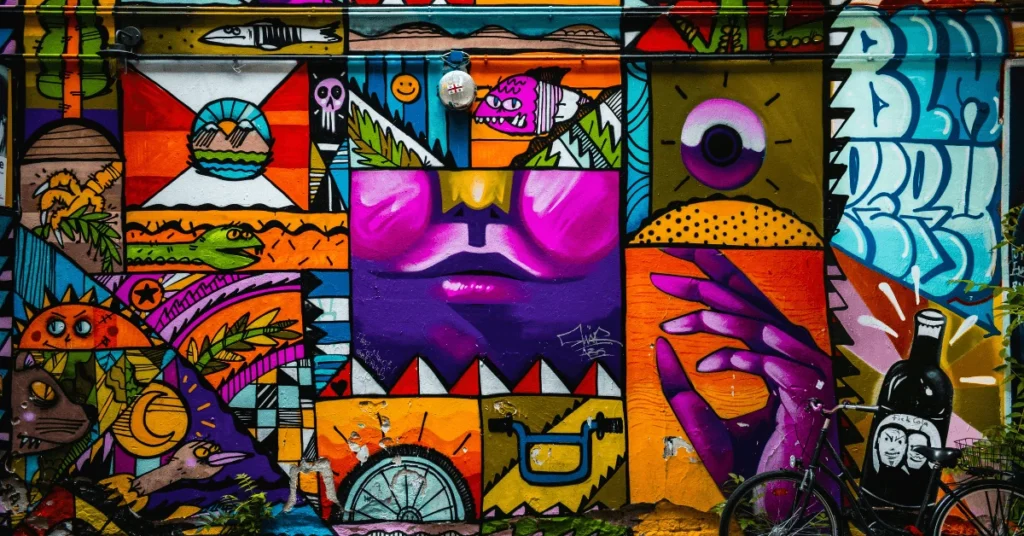
Modern and Ancient Influences
When I immerse myself in Berlin Art, I’m struck by the melding of time—where ancient narratives dance with unfettered creativity. It’s not just art; it’s a time machine.
Byzantine Art at Museums
Wandering through Berlin’s museums, I’m often awed by the Byzantine art that’s carefully preserved. Each mosaic and icon tells a tale of religious devotion, dripping with rich history that enlivens the walls of institutions like the Bode-Museum. There’s a palpable sense of connection with the distant past, drawing me into the depths of history with every gilded surface.
Modern Influences on Berlin Art
Berlin buzzes with modern art that defies convention. From street corners to galleries, creativity bursts forth. Influences by artists like Schinkel architecturally shape the city, while Lee Ufan‘s meditative approach adds a layer of contemplative beauty. It’s thrilling to see how the dynamic energy of modern creators injects new life into the cityscape, yet they continue to honor the historical essence that makes Berlin Art truly unique.
Urban Art and Public Spaces
When I explore the vibrant city landscapes of Berlin, I’m often struck by its commitment to integrating Berlin Art into every corner—from the iconic graffiti that adorns the remnants of the Berlin Wall to the dynamic mosaics sprinkled throughout its neighborhoods. It’s a city where public spaces serve as ever-evolving canvases, reflecting Berlin’s historical depth and cultural pulse through art. Let’s delve into a couple of places that truly stand out in this urban gallery.
Cultural Institutions and Academies
Exploring Berlin Art, you’ll find the heart and soul of the city’s creativity within its revered establishments. I can’t get enough of how these places, like the Akademie der Künste and Haus der Kulturen der Welt, stand as bastions of cultural enrichment and societal discourse.
Akademie der Künste
Established in 1696, the Akademie der Künste is a beacon of artistic community, boasting a history that intertwines with Europe’s cultural evolution. This venerated institution celebrates the spectrum of arts, embracing visual arts, architecture, music, literature, performing arts, and film and media arts within its fold.
Haus der Kulturen der Welt
Meanwhile, the Haus der Kulturen der Welt is a hub for global cultural exchange and thought-provoking dialogue in Berlin. Known affectionately as the “pregnant oyster” for its distinctive architecture, it challenges and delights with its forward-thinking exhibitions and events that dare to question contemporary social issues through a cultural lens.
East Side Gallery
The East Side Gallery stands as a testament to freedom and creativity. Here, a 1.3-kilometer stretch of the Berlin Wall is transformed into the longest open-air gallery in the world. Laden with over 100 murals, each piece captures a slice of history, a political statement, or a dream for the future. As I walk this historic monument, it’s like leafing through a vivid storybook where each vibrant painting adds a sentence to Berlin’s powerful narrative.
Kunstraum Kreuzberg / Bethanien
Nestled in an old hospital, Kunstraum Kreuzberg / Bethanien is a cultural hub that gravitates towards the unconventional. It’s home to exhibitions that push boundaries and encourage dialogue about societal issues. Whether it’s a thought-provoking installation or the striking street art that often welcomes you at its entrance, the artistic influence here compels me to contemplate the intersect of art and community.
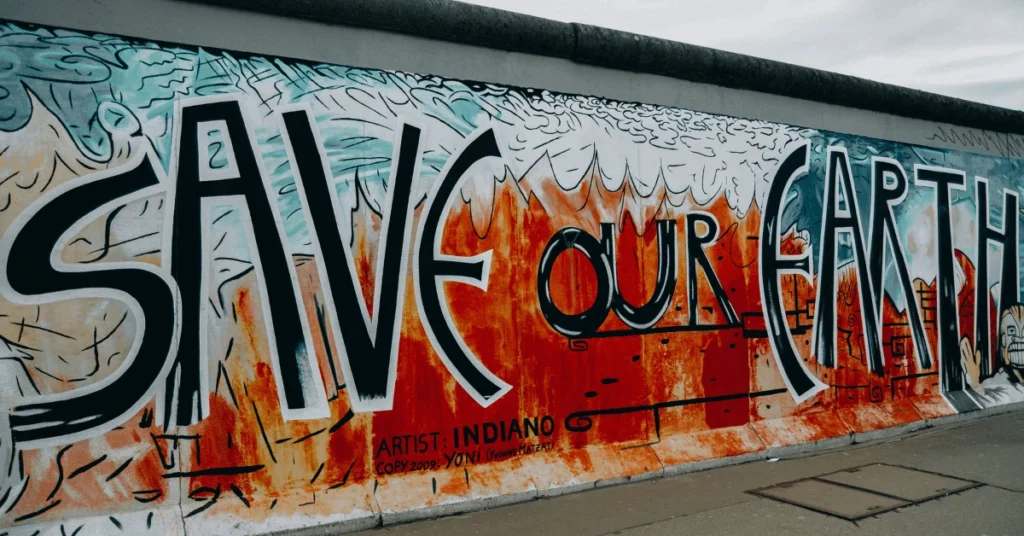
Specialized Art Collections
Berlin Art encapsulates an astounding array of specialized collections where history and creativity converse in visual splendor. I’m constantly in awe of how these collections showcase everything from masterpieces of the Renaissance to the unique artifacts of decorative arts.
Gemäldegalerie
At the Gemäldegalerie, I marvel at the exquisite display of paintings that span the late Middle Ages and the Renaissance. Works by Italian maestros like Raphael coalesce with the Gothic and Renaissance trademarks of early German painting. Notably, witnessing Rembrandt’s profound impact on Baroque art here is like stepping through a portal into the 17th century.
Bröhan Museum
The Bröhan Museum is my go-to spot for Art Nouveau and Art Deco delights. Here, the interplay of fine and decorative arts from the late 19th and early 20th century is mesmerizing. Every visit offers a chance to delve into the intricacies of craftsmanship during a period of immense artistic evolution.
Georg Kolbe Museum
The Georg Kolbe Museum seduces with its focus on the eponymous sculptor’s work, creating an intimate atmosphere where the powerful forms convey raw emotion and movement. This space also offers insights into the works of contemporaries of Kolbe, including the expressive Ernst Ludwig Kirchner, capturing the stirring undercurrents of early 20th-century Berlin Art.
Das Kleine Grosz Museum
Lastly, small in size yet vast in cultural richness is Das Kleine Grosz Museum. This space pays homage to George Grosz, an artist whose sharp lines and satire defined much of the Weimar era’s aesthetic. It encapsulates the artist’s scathing commentary on society, an irreplaceable thread in the fabric of Berlin Art.
Influential Art Events and Retrospectives
When I think about “Berlin Art”, my mind immediately travels to the vibrant energy and history that the city encapsulates. It’s not just about the present, but how the past has shaped such a rich cultural landscape. Take, for example, the planned retrospective Caspar David Friedrich: Infinite Landscapes set to honor the 250th anniversary of Friedrich’s birth, showcasing his profound impact on Romanticism. The exhibition is expected to feature 60 paintings alongside 50 drawings sourced internationally, conveying the vastness and depth of his artistic vision. You can gather more insights about this exhibition.
Berlin’s art scene doesn’t shy away from contemporary influences either. Artists like Ai Weiwei and Nadia Kaabi-Linke are exemplary figures who’ve contributed to the city’s artistic evolution. Ai Weiwei’s politically charged works create extreme tension, stirring conversations on freedom and human rights. Kaabi-Linke’s installations, on the other hand, often reflect her diverse background and tackle perceptual and sociopolitical themes, leaving an indelible mark on the viewers.
| Year | Highlighted Artist | Exhibition Overview |
|---|---|---|
| 2024 | Caspar David Friedrich | A retrospective of iconic landscapes and drawings |
| Ongoing | Ai Weiwei | Globally recognized for politically provocative pieces |
| Ongoing | Nadia Kaabi-Linke | Installations that explore identity and geopolitics |
It’s not just about singular standouts; the city itself is a canvas, boasting a plethora of galleries and events that celebrate the prowess of both past and contemporary art in equal measure. Whether you’re captivated by the historic perspective or looking for some of the edgier, newer entrants on the art scene, Berlin’s exhibitions and retrospectives offer a powerful and enriching experience.
Frequently Asked Questions
I’m always thrilled to help fellow Berlin art enthusiasts navigate the bustling art scene of this vibrant city. From iconic museums to contemporary galleries, here’s a concise guide to satisfy your artistic curiosity.
What are some must-visit contemporary art galleries in Berlin?
Berlin’s contemporary art scene is exhilarating, with places like the KW Institute for Contemporary Art thriving as a hub for innovative projects and international collaborations.
Which art museums in Berlin are considered the largest in Europe?
The Hamburger Bahnhof Museum stands out as one of the most prominent art museums in Berlin, housing a vast collection of modern and contemporary pieces from Europe and beyond.
Can you name some of the most famous artworks or artists associated with Berlin?
Berlin has been a muse to artists like Käthe Kollwitz and Max Liebermann. The Berlin Wall itself, particularly the East Side Gallery, features works by artists who’ve painted its remnants.
Where can I find modern art exhibits in Berlin?
For lovers of modern art, the Berlinische Galerie is a treasure trove with its diverse collection of art, photography, and architecture from Berlin’s 1870s modernist roots to today’s dynamic pieces.
If you liked this blog post about the topic: Berlin Art, don’t forget to leave us a comment down below to tell us about your experience with it.

